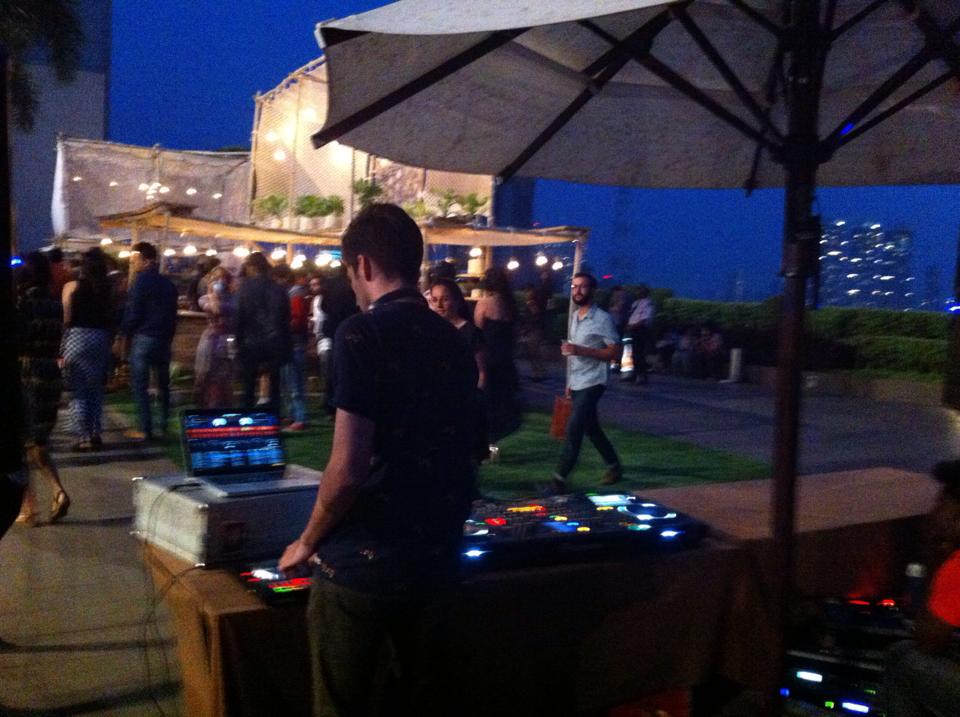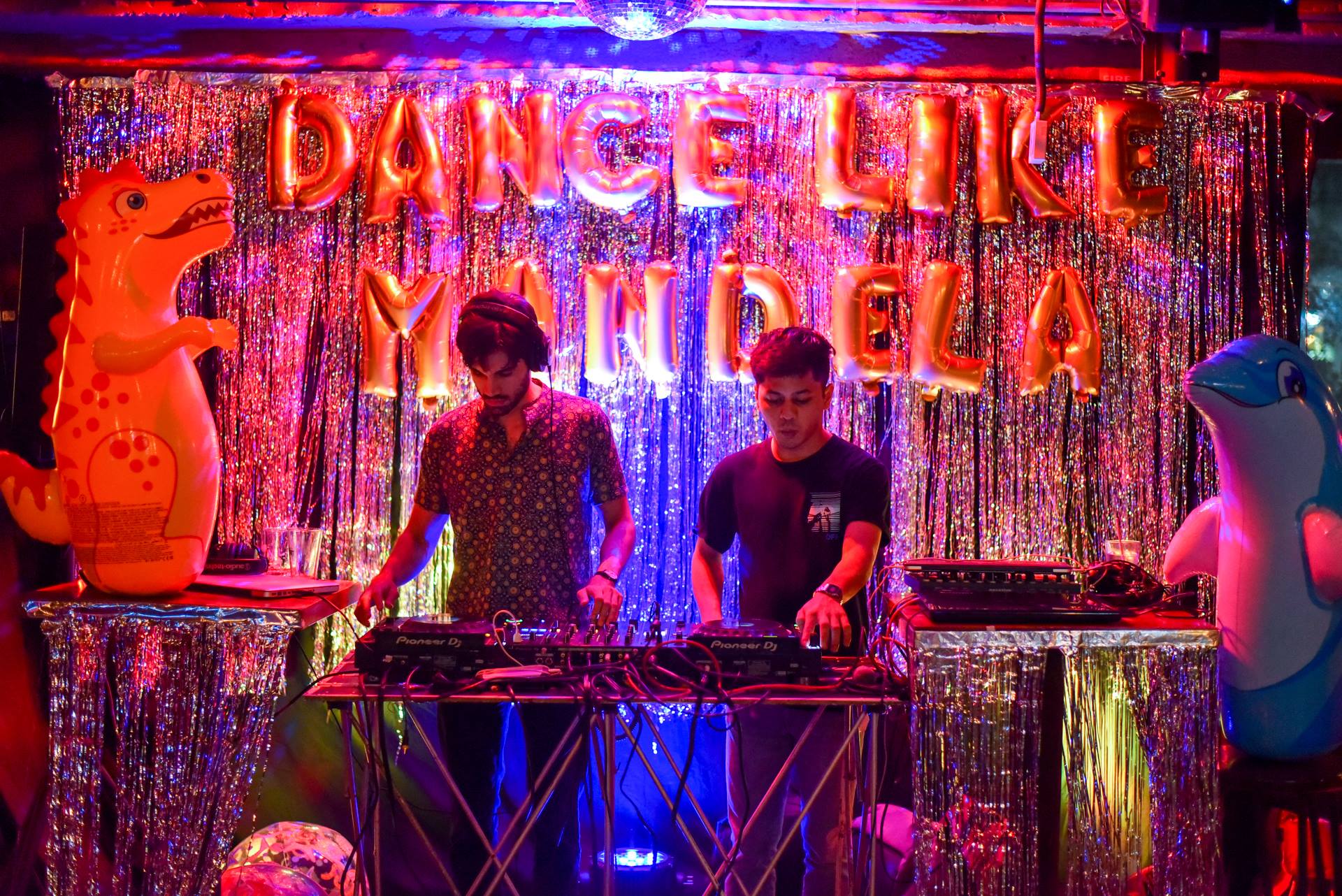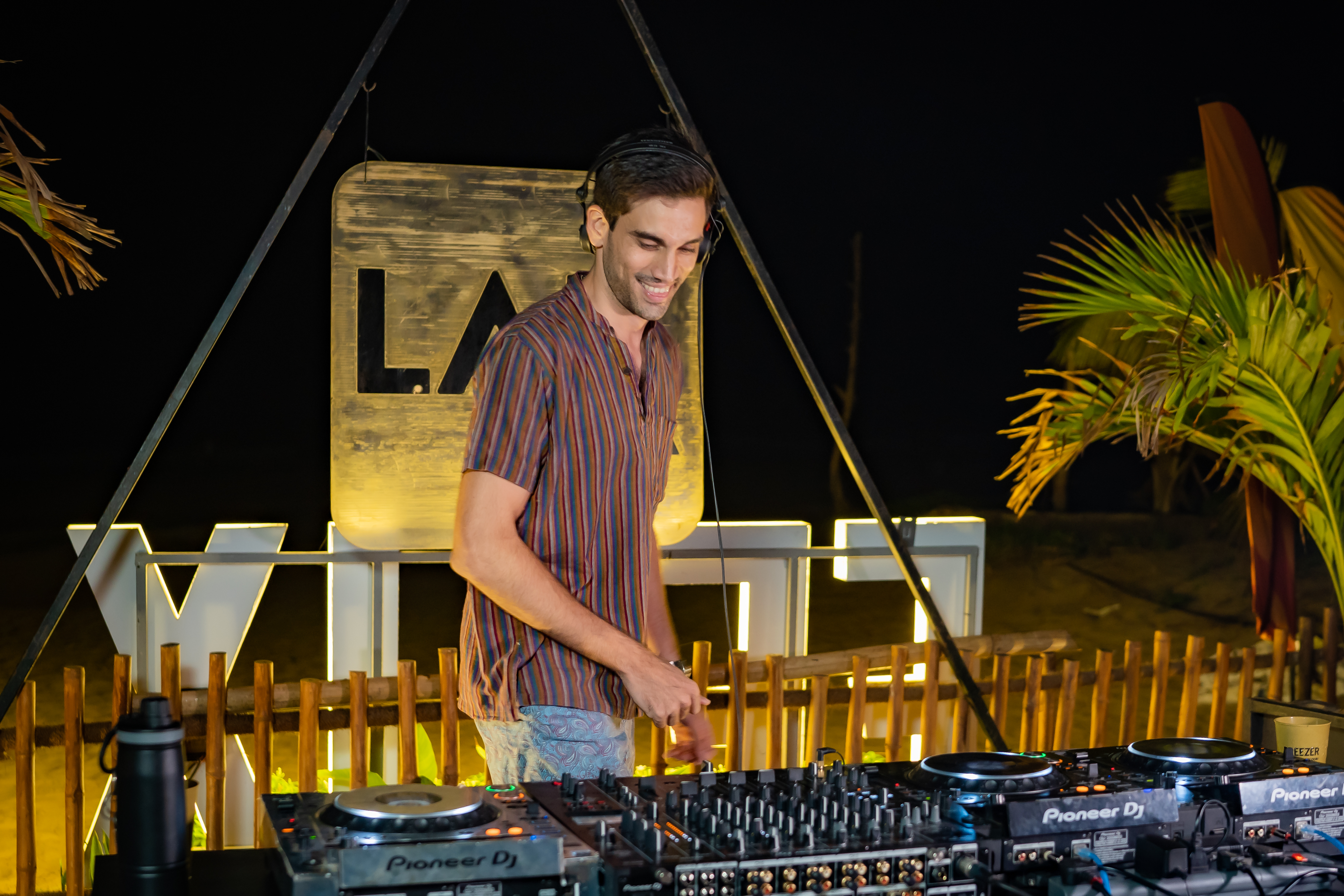So you want to be a DJ…
Editor’s Note: Yeah, those professional DJs look so super cool and intimidating. But the truth is that we love to curate music—whether for our playlists or at a friend’s party. Kunal Bambawale offers a fun and easy guide to get into the craft of DJing. It is every bit as helpful if you want to just try it for fun—or get a gig at that local bar.
Written By: Kunal Bambawale is a former music industry executive and journalist who performs as _flui_d for his DJing moniker. His passion for DJing, which he began exploring as a hobby in 2014, has led him to gigs at various venues in Mumbai and Goa—including Mehboob Studio, Antisocial, Bonobo and Felix Beach Club. He is an obsessive Spotify playlist maker and particularly enjoys playing brand-new music from the Indian independent scene. His genre-fluid approach incorporates indie pop, RnB, hip-hop, grime, afro-beat, house and disco into his DJ sets.
Over to Kunal…
How I got into DJing
My curiosity was piqued as a college student in LA. At festivals like EDC and Coachella, I fell in love with various forms of electronic music, from Above & Beyond to Swedish House Mafia, Sasha & John Digweed, and Dubfire. My first experiments behind the console came at small house parties.
When I moved to India in 2012, I found that the music in bars and nightclubs was a consistently terrible mix of contemporary Bollywood and international Top-40. I would constantly complain about how bad the music was until my sister brought a DJ controller on one of her trips home. Since then, I’ve played a handful of gigs each year, at bars and clubs in Mumbai and Goa, and even a couple of afterparties to larger festivals—usually to small audiences comprising friends and family.

A brief history of DJ technology
Origin story: The art and craft of DJing began when music was a finite resource. In the 1960s and 70s, the first DJs mixed vinyl records using turntables—analogue equipment for a world in which simply acquiring the music for audiences to listen and dance to was far more difficult than it is today. Below is an image of New York DJ Larryl Levan using turntables in the ‘70s.

When it changed: In the 80s and 90s, new styles such as hip-hop, acid house, techno, and trance, swept the world. However, most of the tech–like synthesiser technologies and computer software– enabled the production of music—not necessarily its performance by DJs. This all changed in 1994, when Pioneer released the CDJ-500 — a high-quality, portable CD player which allowed DJs to perform using music which had been written to CDs. You can see what it looks like below:
Where we are now: Interestingly, some newer technologies, including Serato’s laptop software, allow DJs to stream music directly from Tidal, without ever needing to own a digital copy of individual records. This would mark a complete transformation of the industry norms, where owning the best records used to be at least 50% of a DJ’s job. Today, there are also consumer apps for MacOS and Android that allow casual fans to experiment with basic DJing from their phones.

OK, so what is DJing then?
I define DJing as the ability to create an experience for listeners and dancers by curating and showcasing a blend of music. That means there are two aspects to DJing/
Curating music: is easier than ever before. The ability to create playlists is a primary feature for all music streaming apps—I’m sure you are the proud creator of at least one playlist. Personally, I like to make playlists of all the new music I listen to every month, as well as different playlists for different genres of music I enjoy, and moods that I feel throughout a week – from purely calming, to high-energy.
Showcasing music: to an audience remains the tricky part. Though there are a million definitions of what constitutes a good DJ, I’ll say a good DJ is someone who:
1) Helps an audience let loose, both physically and emotionally
2) Allows the audience to discover music they haven’t heard before
3) Mixing the music s/he/they are curating into a seamless, cohesive story, narrative, or experience
4) Enjoys the process of showcasing music for others
About mixing: Some would argue that the core skill of DJing remains mixing. This is the process of seamlessly blending one song into another by listening to the next song on headphones–while carefully manipulating a mixer’s equaliser and tempo adjustment sliders. This is where you get into the flow state. As technology improves, however, the skill of mixing is becoming less important, as AI technology does the hard work of blending two records together. Still, beatmatching is a skill any self-respecting DJ should understand.
Performing: An oft-neglected aspect of DJing is its performative aspect. Superstar DJs have the benefit of massive audiovisual displays, pyrotechnics, and even cakes and champagne with which to spray the audience. As a casual DJ, you’re going to need to get comfortable being the centre of attention — and enjoying it! On a night out, audiences do not want to look at a DJ standing rigidly, transfixed by a laptop screen, ignoring them completely. Interacting with other people, and having a great time doing it, is a small (but important) part of the job.
PS: In the decade I’ve been casually DJing, music has grown both more abundant and more available, particularly as streaming has become the dominant mode of consumption. This abundance of music, combined with the growing pace of technological innovation, mean that it’s easier than ever to get started with DJing, but harder than ever to stand out.
How do I get started?
Curation: The first part — curation — is easy. Just find a playlist you’ve already created, or make a new one.
Acquisition: You’ll need access to some kind of DJ performance equipment. The benefit of modern laptop DJ software like Pioneer DJ or Rekordbox is that it can be synced with your Tidal account — meaning that the friction between making a playlist, and showcasing it for an audience, is non-existent. However, if you don’t have a Tidal account, you have to buy legal, high-quality tunes. I use the Apple Music store — each song costs between ₹18 and ₹30 to download.
Gear: Your next step is to get your hands on some kind of DJ performance equipment — there are plenty of rental agencies across India who will provide you with what you need. I suggest using a Pioneer DDJ controller (which will allow you to manipulate music using knobs and sliders), connected via USB cable to your laptop running DJ software such as Serato DJ, Virtual DJ, or Rekordbox. Make sure you also rent a decent sound system, if you don’t already have one! Below is a full set up at Khar Social back in 2019.

Practice: Music comprises rhythm (when sounds appear) and melody (which sounds appear). The skill of DJing is aligning rhythms and melodies so that they flow seamlessly, and create positive emotions in the listener. If you’re curious, there are plenty of free online courses — offered by both technology companies and professional DJs — as well as more substantive paid courses, which can teach you to DJ, in painstaking detail.

Beg: After a few months of practice, you may be comfortable enough to perform in front of other people. But how to get your first gig? I suggest creating a recording, ranging from 30 minutes to an hour, showcasing your DJIng skills (you can record your sets through most DJ software).
After you’ve recorded a set you’re proud of, email a local promoter in your city begging to be added to the bill of an upcoming gig. They’ll probably ignore your email, so next time you’re out, make friends with the promoter of the gig you’re attending (this is more likely to work if you’re already a social media influencer of some kind). Ask them to listen to the set you’ve recorded.
If you’re lucky, you may be rewarded with an opening slot for an upcoming party! The odds are that no one will be there for your 7-8PM set at a random venue in Andheri, but enjoy the moment and try to have fun — the truth is, no one is judging you, and everyone just wants to have a good time.


 souk picks
souk picks